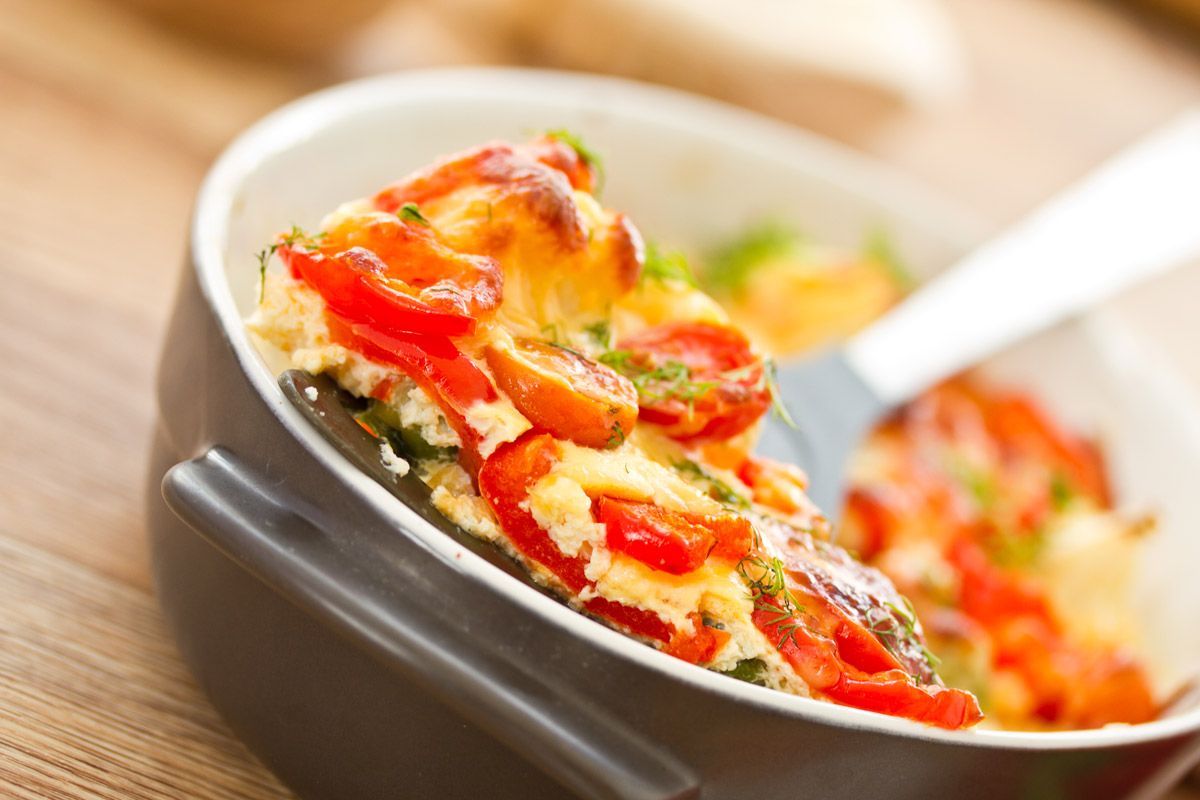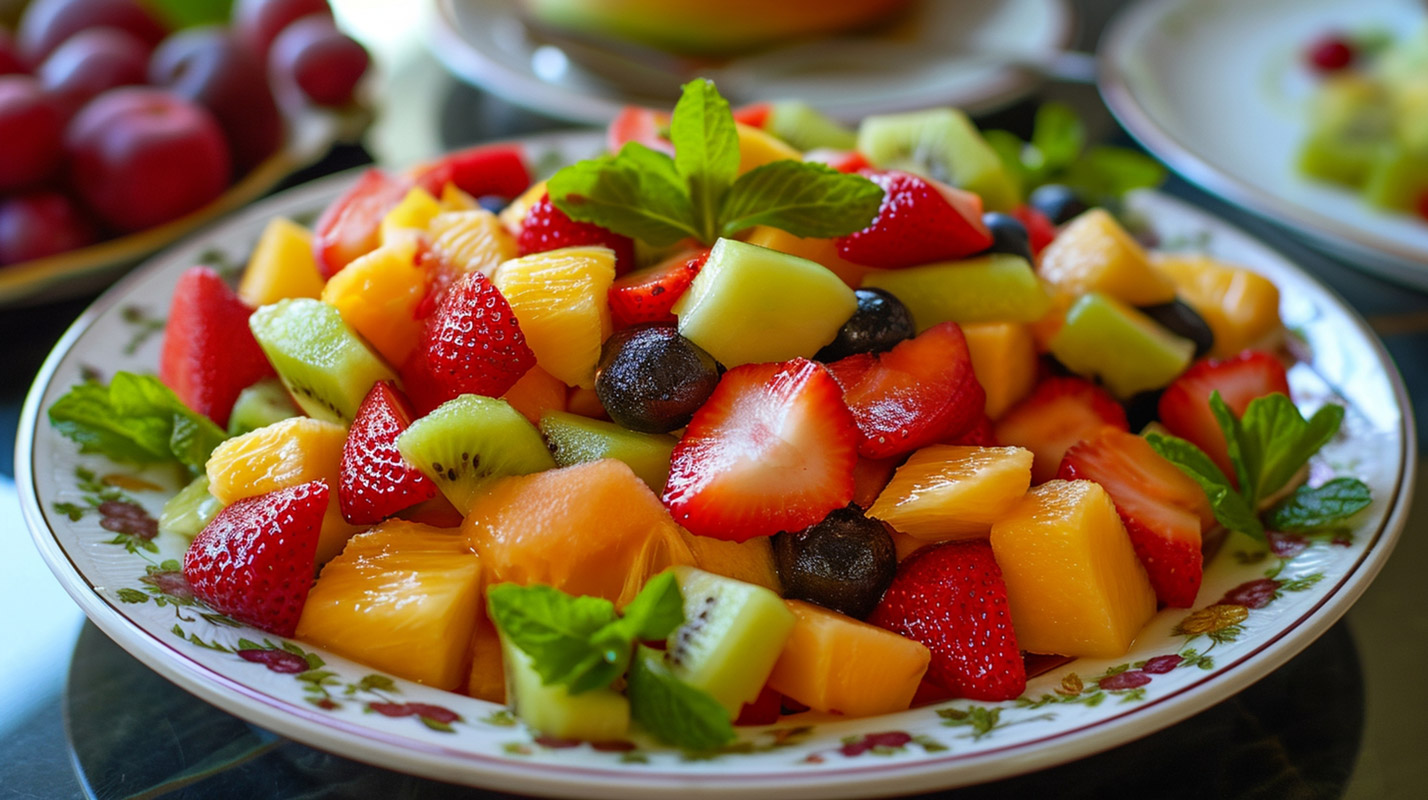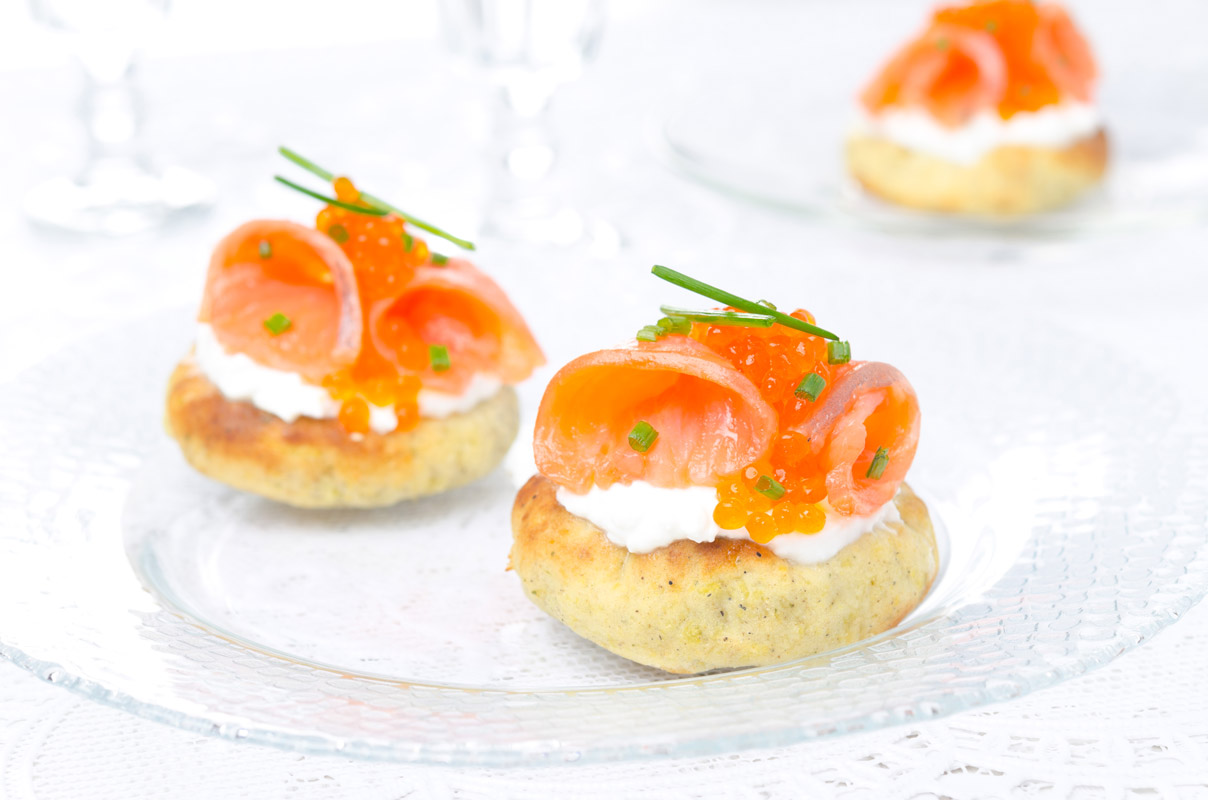Piperade, a vegetable stew–like concoction popular in Basque country (which straddles northern Spain and southern France) is similar to Sicilian caponata or Middle Eastern shakshuka. This version is from the Alonso family, whose patriarch is Basque, though he has lived in Chile for many years. Instead of scrambling the eggs, you can break them right into the hot piperade. Cover them with a tight-fitting lid, then cook to your desired degree of doneness.
Ingredients
For the piperade:
- 1 red bell pepper
- 1 green, orange, or yellow bell pepper, or another red one
- 3 tablespoons extra virgin olive oil
- 1 small onion, peeled and diced
- 2 cloves garlic, peeled and minced
- 1 pound red ripe tomatoes, peeled and chopped (reserve juices)
- 1 small zucchini, cubed (optional) Coarse salt (kosher or sea)
- 1 teaspoon piment d’Espelette (see Note below), or to taste
- 1 teaspoon sugar or honey (optional)
- 1 teaspoon red wine vinegar or fresh lemon juice, or to taste (optional)
For the eggs:
- 1 tablespoon extra virgin olive oil, plus extra for drizzling
- 4 large eggs, thoroughly beaten
- 1 tablespoon minced fresh chives or flat-leaf parsley
- Country-style bread, preferably toasted or grilled, for serving
Directions
Step 1
Make the piperade: Stem, core, and seed the bell peppers. Slice into 1/4-inch strips. Heat a large skillet over medium heat. Add the oil, bell peppers, and onion, and sauté until the vegetables begin to soften, 6 to 8 minutes. Add the garlic and cook for 1 minute more. Add the tomatoes with their juices as well as the zucchini if using. Season with 1/2 teaspoon salt and the piment d’Espelette and simmer (lower the heat if necessary) until the tomatoes have broken down and the mixture is jammy, 15 to 20 minutes. Taste, adding more salt or piment d’Espelette, if desired. Add sugar if a touch of sweetness is needed, or red wine vinegar if you would prefer a bit of acidity. The sauce should be well balanced. Keep warm.
Step 2
Scramble the eggs: In the meantime, heat a nonstick skillet over medium-low heat. Add the oil, then the eggs. Using a rubber spatula, gently stir and fold the eggs until they begin to set. Give them a final stir and take the eggs off the stove to finish cooking with residual heat.
Step 3
To serve, ladle about 3/4 cup of the piperade into each of two warm shallow bowls. Top each with half the eggs, then drizzle with olive oil and sprinkle with chives. Serve with toasted bread.
Note: Piment d’Espelette is a popular pepper in Basque Country, widely available in powdered form in the US through online sources. Merquén, a Chilean spice blend made mostly from dried chiles, or pimentón (Spanish smoked paprika) makes a good substitute.
Serves 2




